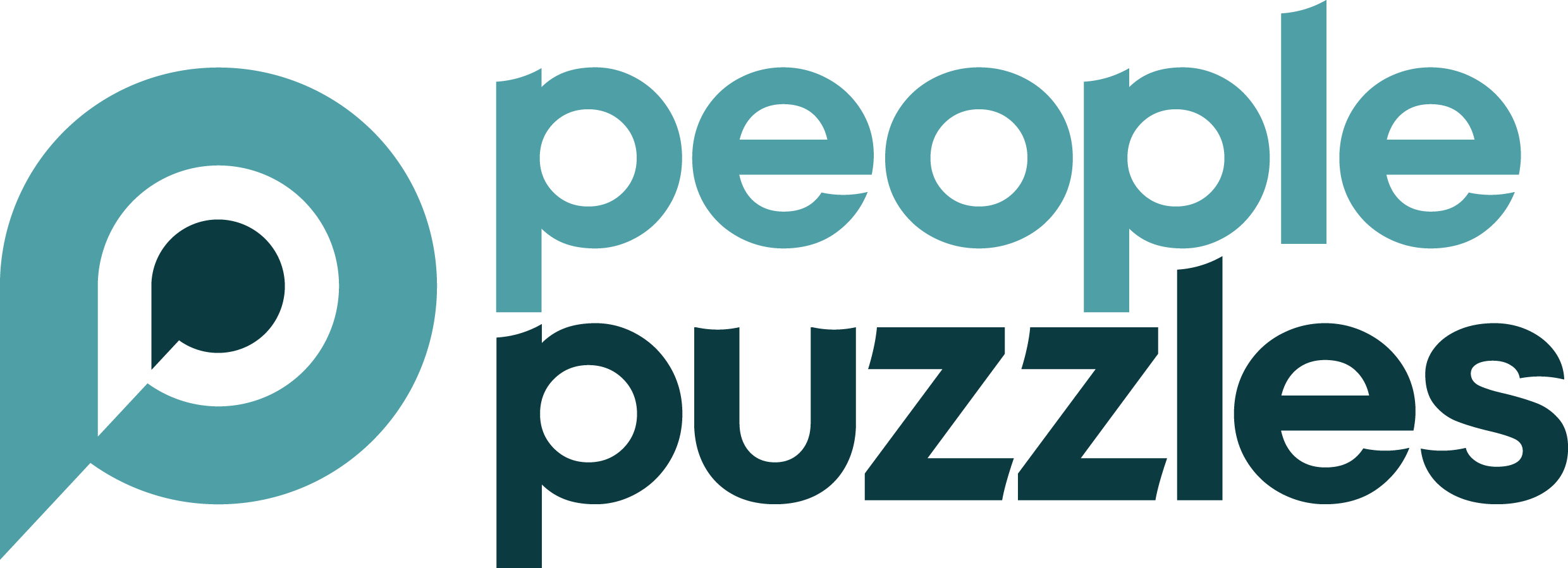People Director Steve Carpenter shares his insights and advice to help managers nail one of the most important, but most often neglected tools up their sleeve – the 1:1 meeting.
If you’ve been putting off regular 1:1 meetings with your team, let me tell you: you’re missing a trick. These simple chats are one of the most powerful tools in your leadership toolkit. These are not just about how to be a better manager or squeezing performance management into your schedule; they’re about building trust, boosting morale, and helping your people, and therefore your business, thrive.
Why bother with a 1:1 meeting?
Let’s be honest: everyone’s busy. But skipping 1:1s is the wrong way to save time. It will cost you more in lost performance because it can make your team feel undervalued, unsupported, or worse, invisible. Regular 1:1 meetings show you care about each individual’s progress, wellbeing, and ideas. Done well, these conversations will keep your team’s performance on track by giving you vital insight into what’s working (and what’s not) across your business. You’ll pick up on niggles before they become big issues, spot opportunities to support development, and build better teams in the long run.
The benefits (for you and them)
Better relationships
When you spend time with your team, you get to know them as people. That builds trust and makes it easier to tackle tough topics when they come up.
Improved performance
Regular feedback helps your team stay on track and focus on what really matters, leading to greater productivity. It also gives them a chance to flag obstacles you might not be aware of.
Employee engagement and retention
People stick around when they feel heard and appreciated. A 1:1 meeting is your chance to show you care about their growth and success. These regular check-ins are a good way to weave talent development into a psychologically safe discussion in bite-sized chunks, which means that the lessons are more likely to sink in.
Alignment
Use these meetings to make sure everyone understands your company’s key targets and the part they play in achieving those goals. These meetings are an opportunity to reinforce company values and culture, which strengthens the employer value proposition and means fewer misunderstandings and wasted effort.
Creative problem solving
1:1s are a golden opportunity to brainstorm ideas or find innovative solutions to challenges. You never know what someone might come up with when they feel safe to speak freely.
How to do 1:1 meetings well
It is normal to find 1:1 meetings a bit awkward if you’re not used to them. But it is worth focusing on getting this right as part of your own leadership development and in time they can become something you (and your team) look forward to. Here’s how:
Be consistent
Stick to a regular schedule, whether it’s weekly, bi-weekly, or monthly. Cancelling or rescheduling too often sends the message that it’s not a priority.
Make it their time
This isn’t just about your agenda. Give your team member the space to raise their own topics, concerns, or ideas.
Prepare
Show up ready. Have a think about what you want to discuss and what outcome you are hoping for; it could be resolving challenges, looking at development opportunities, working out how to be more productive or just a general check-in.
Focus on them
Put the phone away and give them your full attention. Active listening goes a long way in showing you care.
Clear expectations
One of the most valuable things you can do in a 1:1 meeting is to set or revisit expectations. Ambiguity leads to confusion, frustration, and missed opportunities. When you clearly outline what success looks like, whether it’s related to specific tasks, behaviours, or overall goals, you give your team the confidence and direction they need. When expectations are clear, accountability follows naturally, and you’ll both be on the same page about what’s needed to move forward.
Ask great questions
Encourage open dialogue with questions like:
- What’s going well for you right now?
- What’s challenging you?
- How can I support you better?
- Are there any skills you’d like to develop?
End with action
Summarise what’s been discussed and agree on any next steps. This shows you’re taking the conversation seriously and builds accountability. It also provides a useful starting point for your next 1:1 meeting.
Top tips for successful 1:1 meetings
Create a safe space
Let your team know it’s okay to be honest. You’re not there to catch them out or judge.
Be human
Share a bit about yourself too. 1:1s are about connection, not interrogation.
Celebrate wins
Don’t wait for formal reviews to acknowledge great work. A little praise and positive feedback go a long way.
Mix it up
If you’re finding the usual format stale, try a walking meeting or grab a coffee together.
Just do it
Don’t wait to start until you feel you have perfected your 1:1 approach. You may not have all of the answers, but at least you will have a clearer understanding of the questions.
The impact of a good 1:1 meeting
When done right, regular 1:1 meetings can transform your team and your business. They strengthen relationships, drive performance, and create a culture where people feel valued and engaged. You’ll also find they make your job easier, because when your team thrives, so does the business.
So, if you’re not already having regular 1:1 meetings, now’s the time to start. It’s a small investment of time for a huge return.
What’s stopping you?



